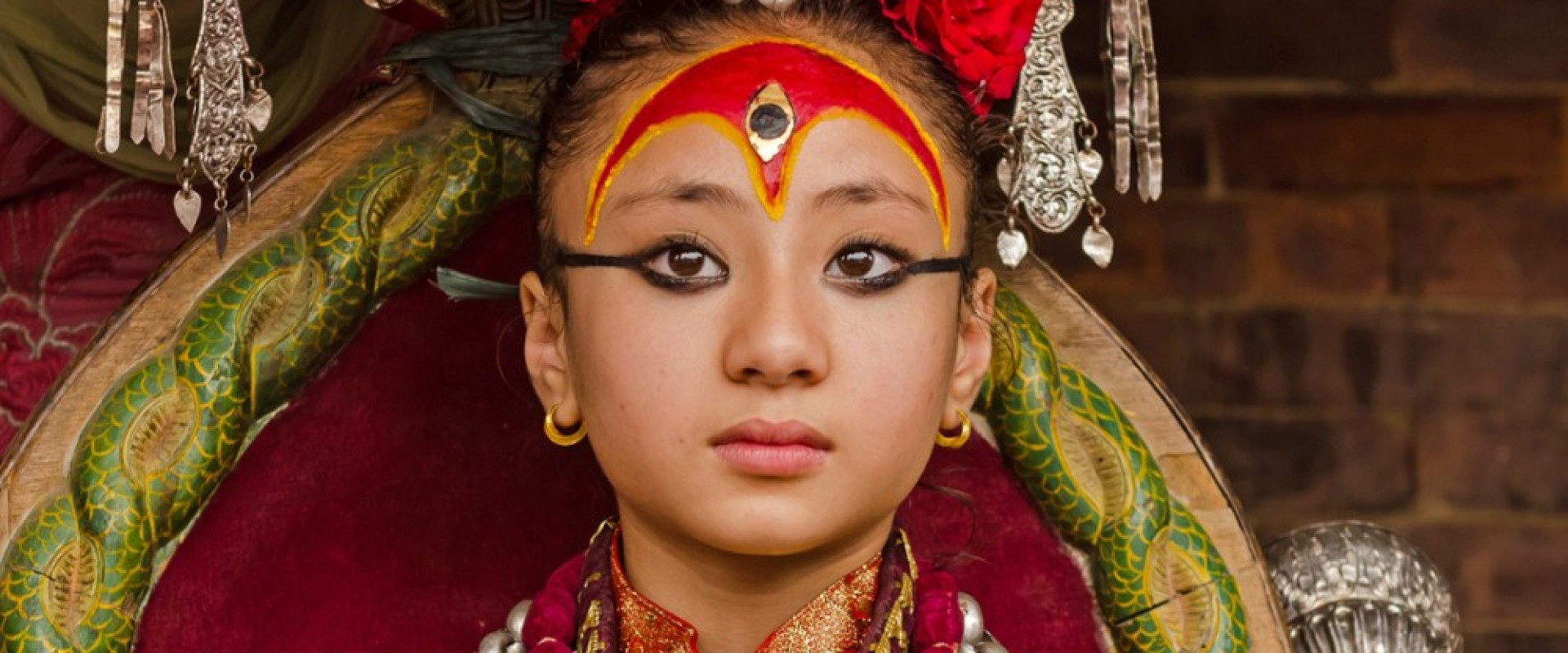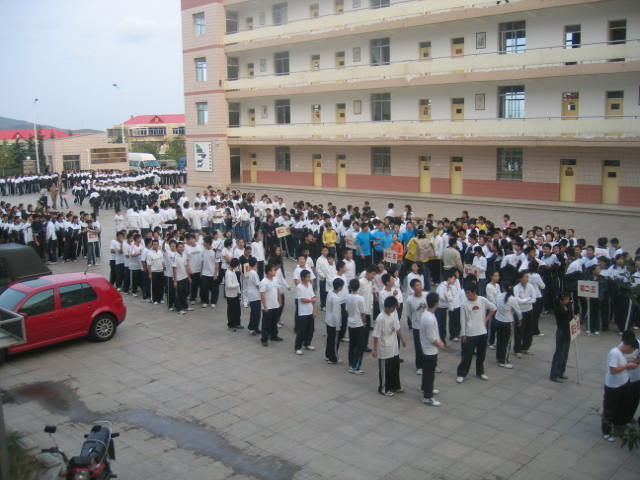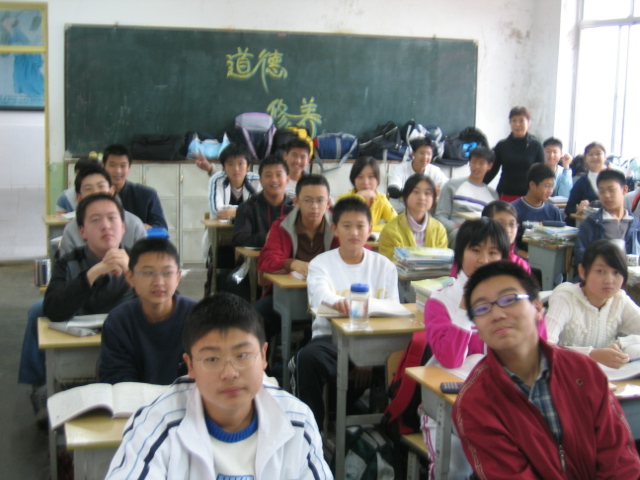For our volunteers in Nepal, being in the country during one of their festivals is a major thrill. Yesterday Nepal celebrated Tamu Lhosar, one of the major cultural festival of the Nepali Gurung community.
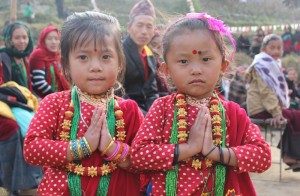
Gurungs came together to celebrate Tamu Losar (Gurung’s New Year) at a common place and rejoice in various cultural processions, feasting and greetings.
Losar is the time when family members of all generations get together and exchange love and greetings.
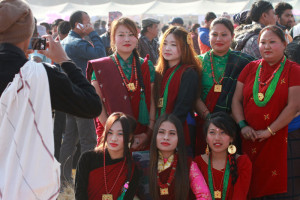
In the old days in the villages, they gathered in courtyards to celebrate Losar. In Kathmandu, Losar is celebrated in Tundikhel ground at the city center vibrant with colorful stalls. The festival marks the end of winter and start of spring that also brings warmness and charm to Tamu Losar.
Gurungs all across the world celebrate Tamu Losar by organizing rallies in traditional attires and cultural programs. They also visit Buddhist shrines on that day. Losar is a wonderful opportunity for foreigners to witness the cultural heritage of the Gurung community.
Gurungs (Tamu) are indigenous inhabitants of west-central parts of Nepal and some live east of Kathmandu. There are numerous clans of Gurungs, the members of which are all well known for their bravery and cultural wealth.
Gurungs divide time into cycles of 12 years (lohokor), to each year of which a special name is given, which is known as Barga (lho). Losar also heralds the change in ‘Lho’.
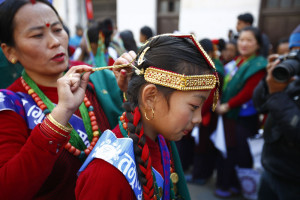
According to the oriental astrological system, there are 12 lhos–garuda, serpent, horse, sheep, monkey, bird, dog, deer, mouse, cow, tiger and cat. Therefore, each year is marked by a particular animal and they are arranged in a single circle (on paper), closely following the Tibetan calendar with its’ 12 animals. In early days, when there was no calendar system in Nepal, the 12 rotation system was used to calculate peoples’ ages.






